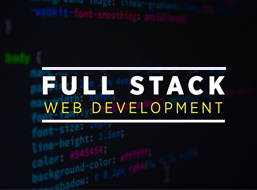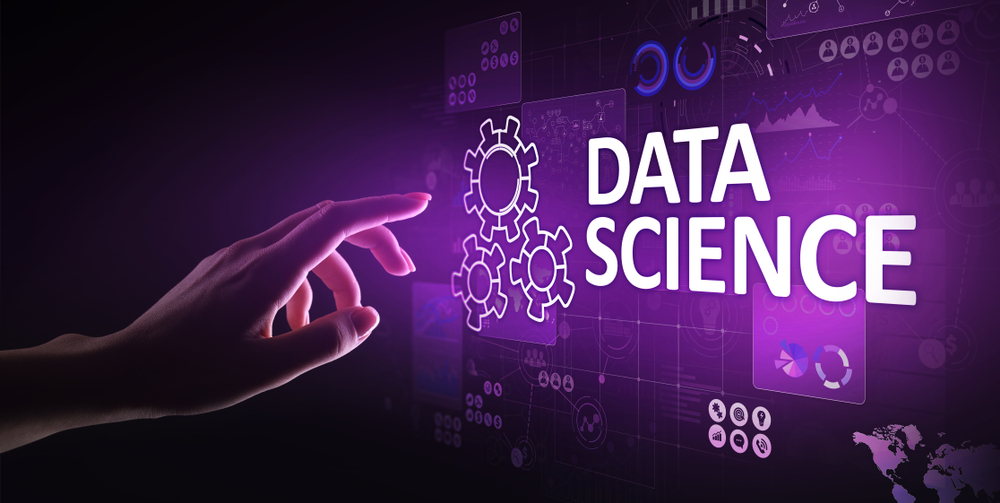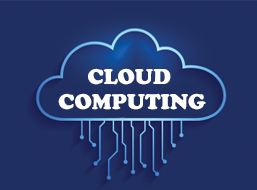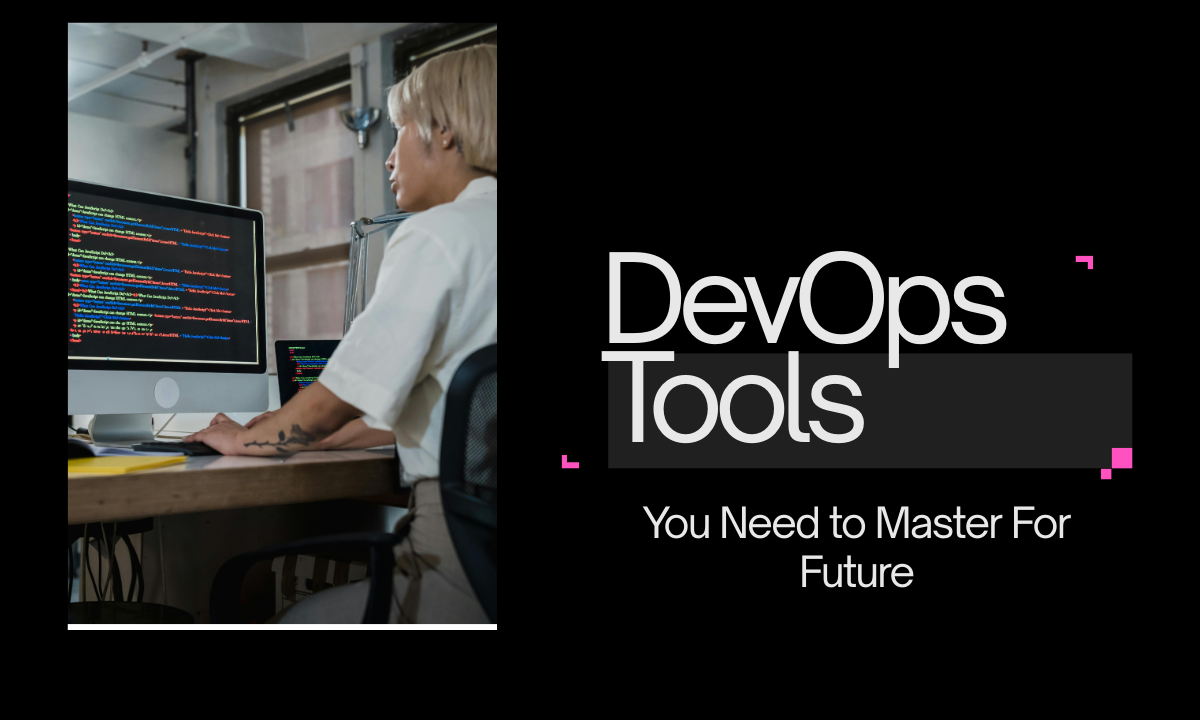In an era where speed, automation, and reliability define software success, DevOps Tools are no longer optional; they are essential. We often hear about “DevOps culture,” but it’s the tools that bring that culture to life.
In this blog, we will walk you through the key DevOps tools you must master in 2025, covering tools for Azure, AWS, build systems, continuous integration, orchestration, and more, all while weaving in why a Cloud Computing Training Course (like what Apponix offers) is essential to stay ahead.
Let’s dive into what’s trending in the DevOps stack and how you can make them work for your career.
---
Version Control & Collaboration Tools
At the heart of every DevOps pipeline is version control. Tools like Git, GitHub (with GitHub Actions), GitLab, and Bitbucket remain indispensable. These aren’t just about storing code; they help with branching strategies, code reviews, pull requests, and triggering automation workflows.
-
DevOps tools Azure: Azure Repos (part of Azure DevOps) integrates directly with Azure pipelines, making it easier to manage code and CI/CD in one ecosystem.
-
DevOps tools for AWS: AWS CodeCommit pairs well with AWS CodePipeline and other AWS-native CI/CD tools, giving you a seamless AWS-centric development flow.
---
Build Tools & CI / CD Pipelines
Building, testing, and deploying code continuously is a core tenet of DevOps. Here are crucial tools you should master:
-
Jenkins – A long-favorite in the DevOps world, Jenkins remains flexible and extensible with plugins.
-
GitHub Actions / GitLab CI – These modern, cloud-native CI/CD tools reduce the friction between version control and pipelines.
-
AWS CodePipeline and Azure Pipelines – Perfect if you're invested in AWS or Azure ecosystems.
-
Argo CD / Flux – For GitOps-based deployments and continuous delivery in Kubernetes environments.
-
GoCD – A mature continuous delivery tool that emphasizes pipeline management and visualization.
These tools help you automate DevOps build tools and DevOps tools for continuous integration, smoothing out the pipeline from commit to deployment.
---
Infrastructure as Code & Configuration Management
To manage infrastructure reliably and reproducibly, infrastructure as code (IaC) is non-negotiable. Tools to master include:
-
Terraform – Platform-agnostic, declarative IaC tool used heavily across cloud providers.
-
Pulumi, Terragrunt, CloudFormation (AWS), ARM/Bicep (Azure).
-
Ansible, Chef, Puppet – For configuration management and ensuring consistent environments.
Tools like Spacelift are rising in popularity because they orchestrate infrastructure workflows while enforcing governance and policy. Spacelift even now embeds generative AI features to suggest infrastructure changes or detect drift.
---
Orchestration & Containerization
-
Containers and orchestration continue to dominate modern application deployment. Key tools include:
-
Docker – Packaging your apps into reproducible containers.
-
Kubernetes – The de facto orchestration tool for managing containerized workloads.
-
Helm, Kustomize – For templating and managing Kubernetes configurations.
-
Azure Kubernetes Service (AKS) and Amazon EKS – Managed Kubernetes on Azure and AWS.
-
Apache Airflow (particularly v3.0 enhancements) for orchestration of workflows and pipelines in data and ETL domains.
---
Observability, Monitoring & Logging
Deploying code is only part of the battle. You need visibility to maintain reliability and performance. Tools here include:
-
Prometheus, Grafana – Monitoring time series metrics and visualizing dashboards.
-
ELK Stack (Elasticsearch, Logstash, Kibana), Splunk – For log aggregation, search, and analysis.
-
Datadog, New Relic, Nagios – Full-stack observability and alerts.
-
Service mesh tools like Istio, Linkerd – For managing internal service communication, resilience, and telemetry.
---
Security & Compliance / DevSecOps Tools
Security should be woven into your DevOps pipeline rather than bolted on afterward. Some important tools include:
-
Trivy, Snyk – Scanning containers, dependencies, and infrastructure for vulnerabilities.
-
OPA (Open Policy Agent) – For policy-as-code enforcement.
-
HashiCorp Vault – For secrets management, handling credentials and keys securely.
-
Prowler, KICS, Nancy, npm-audit – For cloud security posture, IaC linting, and dependency checks.
---
AI-Driven & New-Age Tools
2025 is seeing intelligent, data-driven DevOps tools that leverage AI and automation:
-
AI-augmented CI/CD pipelines are emerging, where LLMs help resolve flaky tests, suggest rollbacks, and optimize deployment strategies.
-
Tools like Spacelift’s AI modules can suggest optimizations, detect drift, or recommend safe changes.
-
Frameworks like LADs, which leverage LLMs for cloud configuration management, are pushing the envelope in automated DevOps.
---
Putting It All Together with a Toolchain Mindset
A modern DevOps practitioner doesn’t just learn tools in isolation. The power lies in stitching them together:
-
DevOps tools chain: version control, build, test, deploy, monitoring, feedback and improvements
-
Use orchestration tools to glue these phases.
-
Ensure your tools integrate well (via APIs or plugins) across AWS, Azure, or hybrid clouds.
-
Choose tools that match your stack and don’t overcomplicate your pipeline.
---
Why a Cloud Computing Training Course (Like Apponix) Matters
Learning all these tools in theory is one thing, but applying them in real-world projects is another. With a structured cloud computing training course, you gain:
-
Hands-on labs with Azure, AWS, Kubernetes, Terraform, and CI/CD setups.
-
Guidance on toolchain design, best practices, and security integration.
-
Exposure to real-world scenarios where you combine DevOps tools (build, integration, orchestration, monitoring).
-
Career support and mentorship to help you apply these skills in practical roles.
If you are eyeing DevOps or cloud roles in 2025, this training can be the bridge between theory and impact.
---
Conclusion
Mastering DevOps tools in 2025 means going beyond just one niche. Whether you are working with Azure or AWS, building CI/CD pipelines, managing infrastructure through code, or orchestrating container workloads, you need a broad, integrated skill set. Tools like Spacelift are redefining how we manage infrastructure, while AI-infused CI/CD and security tools are beginning to automate decision-making.
If you want to stay competitive, joining a robust Cloud Computing Training Course can give you the structure, practice, and mentorship to build mastery. Whether it’s Apponix or another program, investing in guided training accelerates your path from learning to doing.
Let’s get ready for 2025’s DevOps challenges together.
---
FAQs
Q1: Why are DevOps tools important to learn in 2025?
Because software delivery demands speed, reliability, and automation. DevOps tools glue together development, operations, and security, making scalable, repeatable processes possible.
Q2: Which DevOps tools are best for AWS?
AWS-native tools like CodeCommit, CodePipeline, CloudFormation, and EKS integrate seamlessly. But you’ll also find Terraform, GitHub Actions, or Jenkins useful across environments.
Q3: What DevOps tools should I learn for Azure?
Azure Repos, Azure Pipelines, AKS, ARM/Bicep, and Terraform/Azure SDKs are often central to Azure-based DevOps workflows.
Q4: How do I pick the right build / CI tool?
Look at your environment (cloud provider, containerization stack), team size, complexity of workflows, and integration needs. Tools like Jenkins offer flexibility; GitHub Actions, GitLab CI, and Azure Pipelines offer tighter integration with version control.
Q5: What’s the role of orchestration tools in DevOps?
Orchestration tools manage workflows, scheduling, dependencies, and ensure that multiple services work in harmony (e.g., Kubernetes, Argo, Helm, Apache Airflow).
Q6: Can I learn DevOps tools on my own without training?
Yes, you can experiment using free tiers or open-source versions. But a structured Cloud Computing Training Course can save time, provide relevant project exposure, and guide you through industry best practices.
Q7: How does AI change DevOps tooling?
AI tools are beginning to help with automated remediations, detecting drift, suggesting pipeline fixes, and aiding decision-making in deployment. This is an emerging area to watch.




